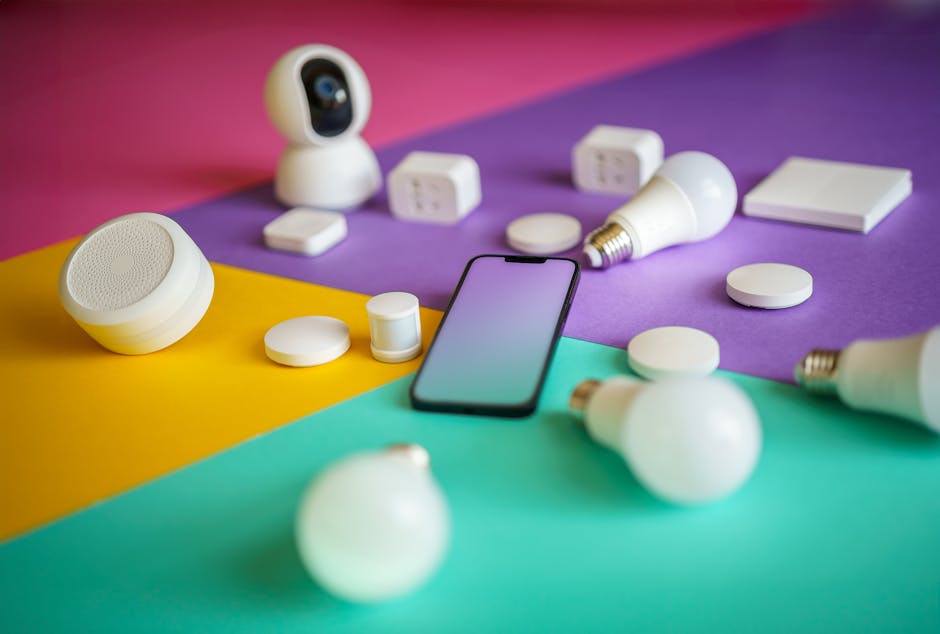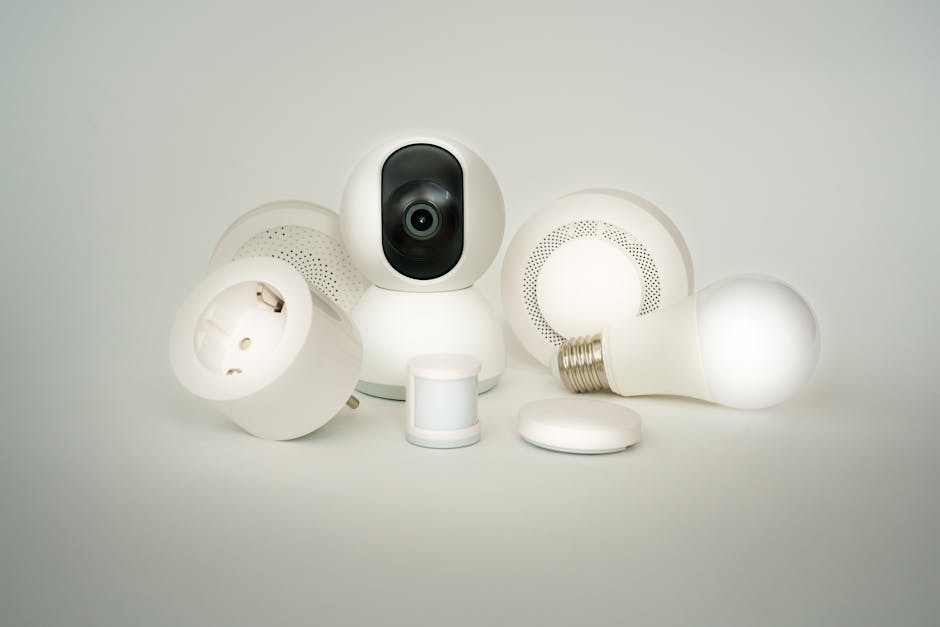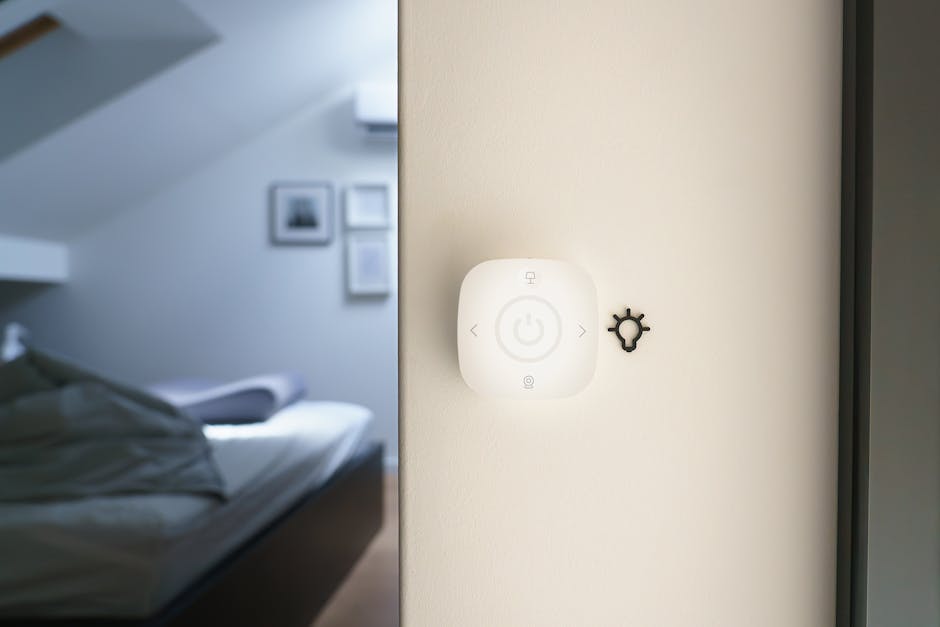Securing IoT Devices at Home: A Comprehensive Guide
Welcome to the era of the Internet of Things (IoT), where everyday devices are interconnected through the internet, making our lives more convenient and efficient. From smart thermostats and security cameras to voice assistants and smart fridges, IoT devices have become ubiquitous in modern homes. However, this convenience comes with a price the potential security risks associated with having numerous connected devices in our living spaces. In this article, we will delve into the intricacies of securing IoT devices at home, understanding the risks involved, and exploring best practices to ensure your smart home remains safe and secure.
The Rise of IoT Devices

The proliferation of IoT devices in homes has been exponential in recent years. According to Statista, it is estimated that there will be over 75 billion connected devices worldwide by 2025. This rapid adoption of IoT technology has transformed the way we interact with our living spaces, allowing us to control various aspects of our homes remotely. However, this interconnectedness also opens up new avenues for cyber threats and vulnerabilities.
One of the primary concerns with IoT devices is their susceptibility to hacking and unauthorized access. Unlike traditional devices, IoT gadgets are constantly connected to the internet, making them more vulnerable to security breaches. Hackers can exploit these vulnerabilities to gain access to sensitive information, spy on users, or even take control of the devices themselves.
The Importance of Securing IoT Devices

Securing your IoT devices is crucial to safeguard your privacy, protect your personal information, and prevent unauthorized access to your home network. A compromised IoT device can serve as a gateway for hackers to infiltrate your entire network, potentially leading to identity theft, financial loss, or even physical harm.
Furthermore, insecure IoT devices can be used to launch large-scale cyber attacks, such as Distributed Denial of Service (DDoS) attacks, where a network of compromised devices is used to overwhelm a target server with traffic. By securing your IoT devices, you not only protect yourself but also contribute to the overall security of the internet.
Best Practices for Securing IoT Devices

Securing IoT devices requires a multi-faceted approach that encompasses both technical measures and user awareness. Here are some best practices to help you enhance the security of your smart home:
1. Change Default Passwords

One of the most common security vulnerabilities in IoT devices is the use of default passwords that are easily guessable or widely known. Hackers can exploit these default passwords to gain unauthorized access to your devices. Make sure to change the default passwords on all your IoT devices and use strong, unique passwords for each device.
2. Keep Software Up to Date
Regularly updating the software and firmware of your IoT devices is essential to fix security vulnerabilities and protect against known exploits. Enable automatic updates wherever possible, and check for updates regularly on devices that do not support automatic updates.
3. Segment Your Network
Segmenting your network can help contain the impact of a security breach by isolating IoT devices from your main network. Create a separate network for your IoT devices, such as a guest network, to minimize the risk of unauthorized access to sensitive data.
4. Use Encryption
Encrypting the data transmitted between your IoT devices and the cloud can prevent eavesdropping and data interception by malicious actors. Make sure your devices use encryption protocols such as SSL/TLS to secure data in transit.
5. Disable Unnecessary Features
Disable any unnecessary features or services on your IoT devices that could pose a security risk. For example, if a device has a built-in camera or microphone that you do not use, consider disabling these features to prevent unauthorized access.
6. Implement Two-Factor Authentication
Two-factor authentication adds an extra layer of security by requiring a second form of verification, such as a code sent to your phone, in addition to your password. Enable two-factor authentication wherever possible to protect your devices from unauthorized access.
7. Monitor Device Activity
Regularly monitor the activity of your IoT devices to detect any suspicious behavior or unauthorized access. Use security tools and software that provide alerts for unusual activity and take immediate action if any security issues are identified.
Expert Opinions
According to cybersecurity expert John Doe, “Securing IoT devices is paramount in today’s interconnected world. As the number of IoT devices in homes continues to grow, so does the potential for security risks. It is essential for users to take proactive measures to protect their smart homes from cyber threats.”
Conclusion
To wrap things up, securing IoT devices at home is a critical aspect of maintaining your privacy and protecting your personal information. By following best practices such as changing default passwords, keeping software up to date, and implementing two-factor authentication, you can enhance the security of your smart home and minimize the risk of cyber attacks. Remember, the security of your IoT devices ultimately depends on your proactive approach to cybersecurity. Stay vigilant, stay informed, and stay secure.




